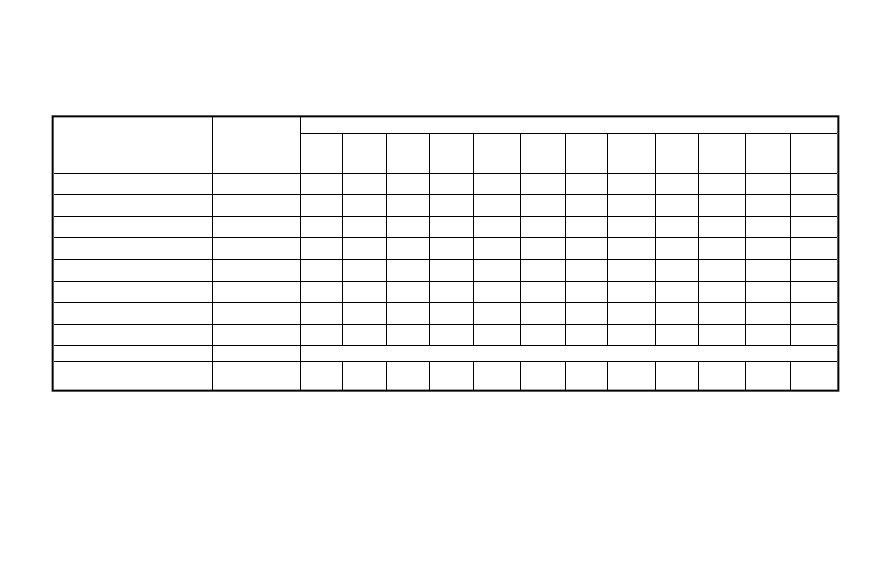Nissan Rogue Sport (2018 year). Instruction - part 30

9-8
Maintenance and schedules
EMISSION CONTROL SYSTEM MAINTENANCE
Abbreviations: I = Inspect and correct or replace as necessary, R = Replace
MAINTENANCE OPERATION
Perform at number of miles,
kilometers or months,
whichever comes first.
Miles × 1,000
(km × 1,000)
Months
MAINTENANCE INTERVAL
5
(8)
6
10
(16)
12
15
(24)
18
20
(32)
24
25
(40)
30
30
(48)
36
35
(56)
42
40
(64)
48
45
(72)
54
50
(80)
60
55
(88)
66
60
(96)
72
Drive belt
See NOTE (1)
I*
I*
I*
Air cleaner filter
See NOTE (2)
R
R
EVAP vapor lines
I*
I*
I*
Fuel lines
I*
I*
I*
Fuel filter
See NOTE (3)
Engine coolant*
See NOTE (4)(5)
Engine oil
R
R
R
R
R
R
R
R
R
R
R
R
Engine oil filter
R
R
R
R
R
R
R
R
R
R
R
R
Spark plugs
See NOTE (6)
Replace every 105,000 miles (168,000 km)
Intake and exhaust valve
clearance*
See NOTE (7)